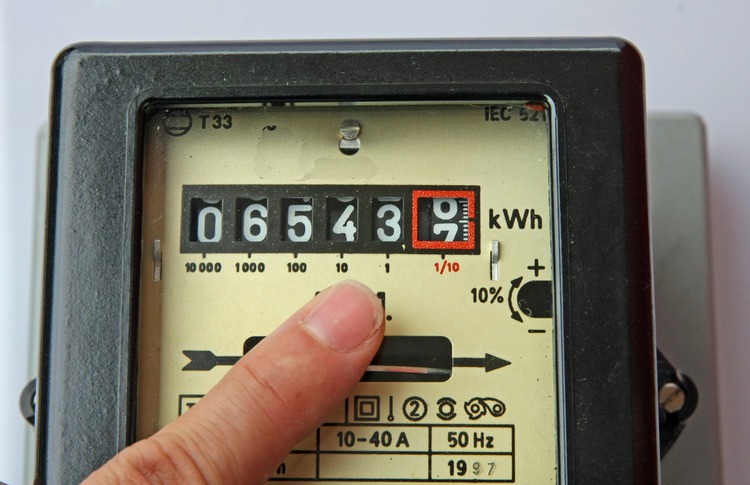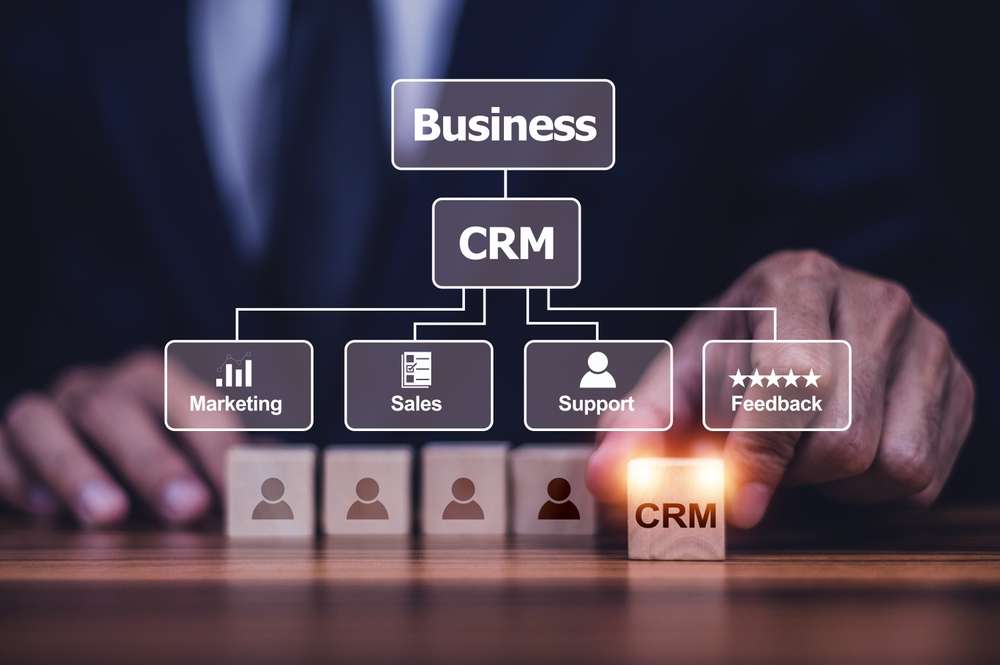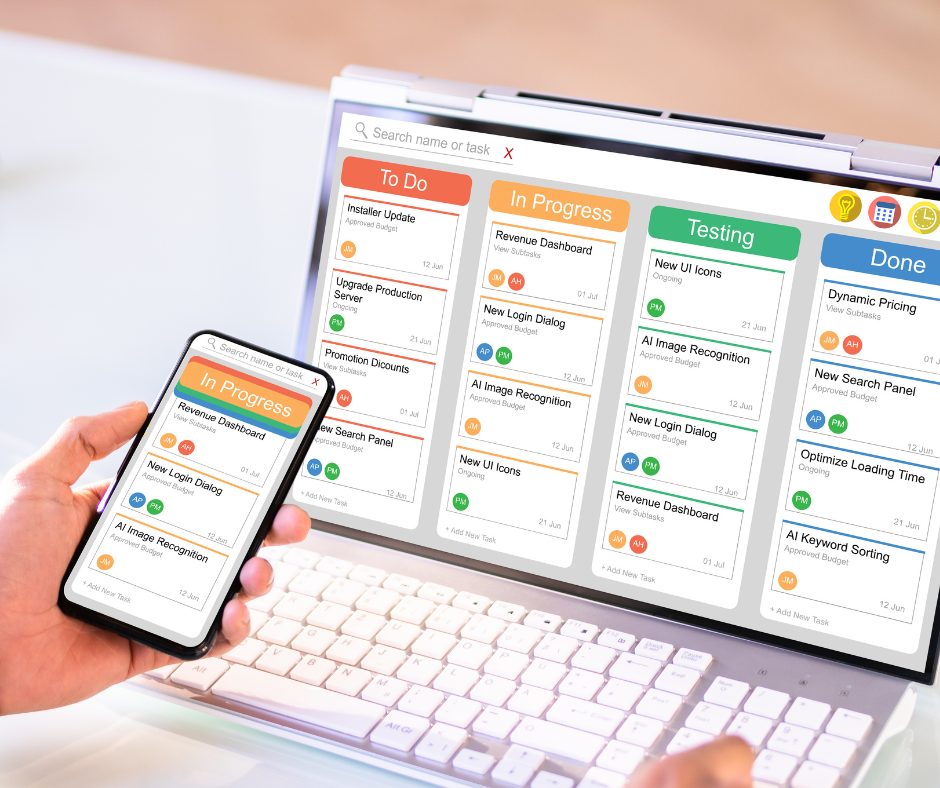How Electricity Suppliers Work in the UK
Energy in the home or business comes from a supplier that buys electricity on the wholesale market and arranges its delivery while billing the customer. Suppliers handle metering, billing, tariffs and customer service; network companies maintain wires and physical infrastructure. Understanding the roles and options helps households and companies choose contracts that match usage patterns and sustainability goals.

What is an electricity supplier?
An electricity supplier is a company that sells electricity to end users and manages the customer relationship. Suppliers purchase power, set tariffs, issue bills and provide customer support. They do not own the physical network (poles, wires, substations); that responsibility falls to network operators. In the UK the regulator oversees consumer protections, supplier obligations and dispute resolution frameworks.
How are electricity bills calculated?
Bills combine several elements: the amount of electricity used (measured in kWh), standing charges for maintaining an account and connection, and any additional fees or discounts. The wholesale cost of energy, network charges, environmental levies and VAT also affect the final amount. Smart meters provide more detailed, near-real-time data so bills can be based on actual consumption rather than estimates, improving accuracy over traditional manual readings.
How to switch suppliers and contracts
Switching suppliers in the UK is generally straightforward: compare available tariffs, confirm contract terms (exit fees, fixed or variable rates) and provide meter details. The new supplier typically handles the switch and notifies the old one; the process often completes within a few weeks. Consumers should check the final bill from the previous supplier and the tariff’s cooling-off period. For business accounts, switching may require more documentation and consideration of demand profiles or bespoke services.
Renewable options and green tariffs
Many suppliers offer or source renewable electricity through specific tariffs or contractual arrangements. Some tariffs match customer consumption with renewable energy certificates or invest in new renewable projects. Others combine a mix of low-carbon generation with offsets. When evaluating green options, review how the supplier defines and verifies renewable sourcing, whether the tariff carries additional costs, and how transparency is reported in supplier statements.
Services for homes and businesses
Suppliers provide a range of services beyond basic supply: smart meter installation, online account management, energy-saving advice, business supply contracts, and demand-side services for larger consumers. Commercial customers may access tailored pricing, flexible settlement periods or help with energy efficiency projects. Customer support channels and service level commitments vary, so reviewing contract terms and service reviews is useful before committing to a long-term agreement.
In the UK market there are several established and newer suppliers offering different service mixes and customer models. The table below summarises common providers and the typical services they offer, helping compare options at a glance.
| Provider Name | Services Offered | Key Features/Benefits |
|---|---|---|
| Octopus Energy | Residential and business supply, smart meter support | Focus on technology-driven billing, agile tariffs, and digital account management |
| British Gas | Household and business energy, boiler care, installation services | Long-standing supplier with bundled services for heating and home maintenance |
| EDF Energy | Residential and commercial supply, generation portfolio | Integrated with generation assets, offers various tariff types including time-of-use |
| E.ON Next | Residential supply, smart home integration | Digital-first approach with emphasis on customer apps and energy insights |
| ScottishPower | Household and business supply, energy services | Offers a range of tariffs and energy efficiency programmes |
| OVO Energy | Residential and business supply, energy technology services | Offers flexible tariffs and has invested in customer-facing platforms |
Conclusion
Choosing an electricity supplier involves balancing tariff structure, customer service, green credentials and any additional services needed for the property or organisation. Reviewing contract terms, understanding meter type and consumption patterns, and checking supplier obligations under regulation can reduce surprises on bills and ensure a supply arrangement that fits operational and sustainability needs.



